Years ago, corporal punishment was standard practice in classrooms worldwide. After a period of resentment against corporal punishment, a public school district in Missouri recently reinstated it, allowing teachers to swat their students “in the buttocks with a paddle.”
A May 2022 survey revealed that 37.1% of parents in the Cassville R-IV school district felt staff did not effectively deal with student behavior, pushing the district to allow parents to opt their children into receiving corporal punishment. According to the Cassville Board of Education, “when it becomes necessary to use corporal punishment, it shall be administered so that there can be no chance of bodily injury or harm.”
This quote directly contradicts the definition of corporal punishment. Murray Strauss’ book “Beating the Devil out of Them” defines corporal punishment as the use of physical force to cause a child to experience pain to correct their misbehavior. Cassville claims that the pain of corporal punishment intends to divert bad behavior while stating that there should be no bodily injury or harm. Such contradictory wording allows school districts with policies like Cassville to use physical force against students while maintaining public face.
Tactically using pain as a fear factor directly causes mental and physical harm to students in a space that should be considered safe to learn, grow and make mistakes. The Harvard Graduate School of Education states that corporal punishment can lead to antisocial behaviors, a high risk of depression and other mental health problems. The World Health Organization notes side effects that can lead to disability or death, behavioral and anxiety disorders, suicide ideation or normalization of other forms of violence.
When we allow kids to walk into school knowing they could be physically punished for being tardy, breaking the dress code or acting out, we encourage violence and fear in moments of error. Corporal punishment does not help a student understand why they are wrong. Instead, children are conditioned to fear violence from authoritative figures.
These authoritative figures include the parents who subject their children to violence. The Cassville Board of Education states that “no pupil shall be subject to corporal punishment without a parent or guardian being notified and providing written permission for the corporal punishment.” While the opt-in system could give parents more autonomy over how their children are disciplined, it also raises equity concerns.
“I appreciate that they’re asking the parents or saying the parents can opt out. But at that point, you’re creating two separate systems,” social studies teacher Melvin Trotier said. “If [two students] were late to class, how come the [first student] is getting paddled but the [second one] is getting a detention? That doesn’t really seem fair.”
Cassville policy goes on to state that corporal punishment will be administered “when it becomes necessary … [and when] all other alternative means of discipline have failed.”
But what defines “necessary?” The word necessary is subjective to the point that we cannot predict the boundaries of discipline. Does necessary include being five seconds late to class, or does it entail getting in a fight?
Furthermore, biases can have a major role in which students are punished when various factors such as race and disability come into play. According to the U.S.’s Social Policy Report, Black children, boys and children with disabilities are more likely to receive corporal punishment due to preconceived notions and stereotypes. These students begin facing discrimination before they even enter kindergarten. A study conducted in 2016 directed preschool teachers to watch a video and mark down how many times the different children misbehaved. Their gazes held significantly longer on boys, especially Black boys, than they did on white students.
Cassville is roughly composed of 90 percent white students, seven percent Hispanic students, two percent multiracial students, one percent Black students and one percent Asian students. With such little diversity, minority students are at risk of being singled out much more than white students. When considering fairness in school discipline, we cannot ignore the fact that there is already prejudice built into our systems today, disproportionately affecting minorities in situations of corporal punishment.
Children, like everyone, make mistakes. If a child is hit when they do something wrong, they are taught that violence is an acceptable response when conversely, it can produce negative outcomes. Although previous generations may view spanking and corporal punishment as socially acceptable, we cannot teach future generations to tolerate physical harm in times of error.
It is vital that those entrusted to educate children work to build mutual trust and respect, benefiting both parties rather than inciting fear and anxiety through physical punishment. It is our responsibility to stop this cycle of violence.
This story was originally published on Pathfinder on September 30, 2022.



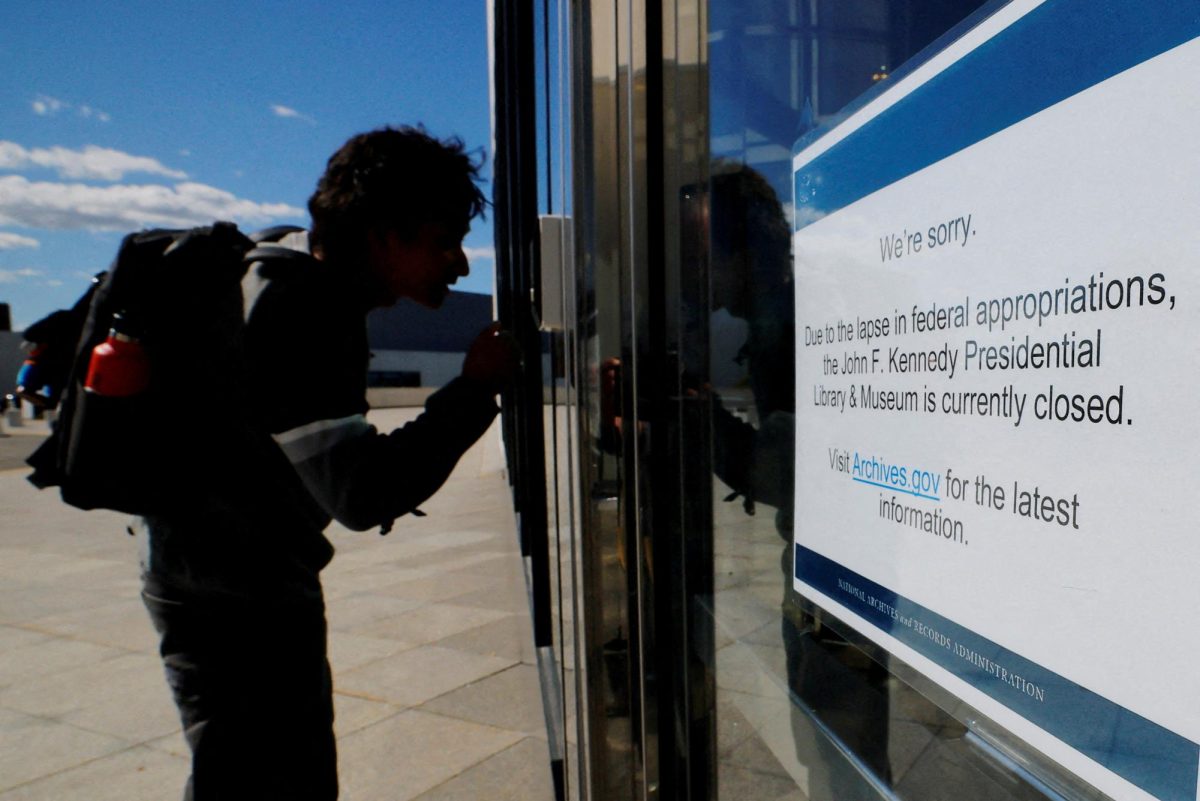


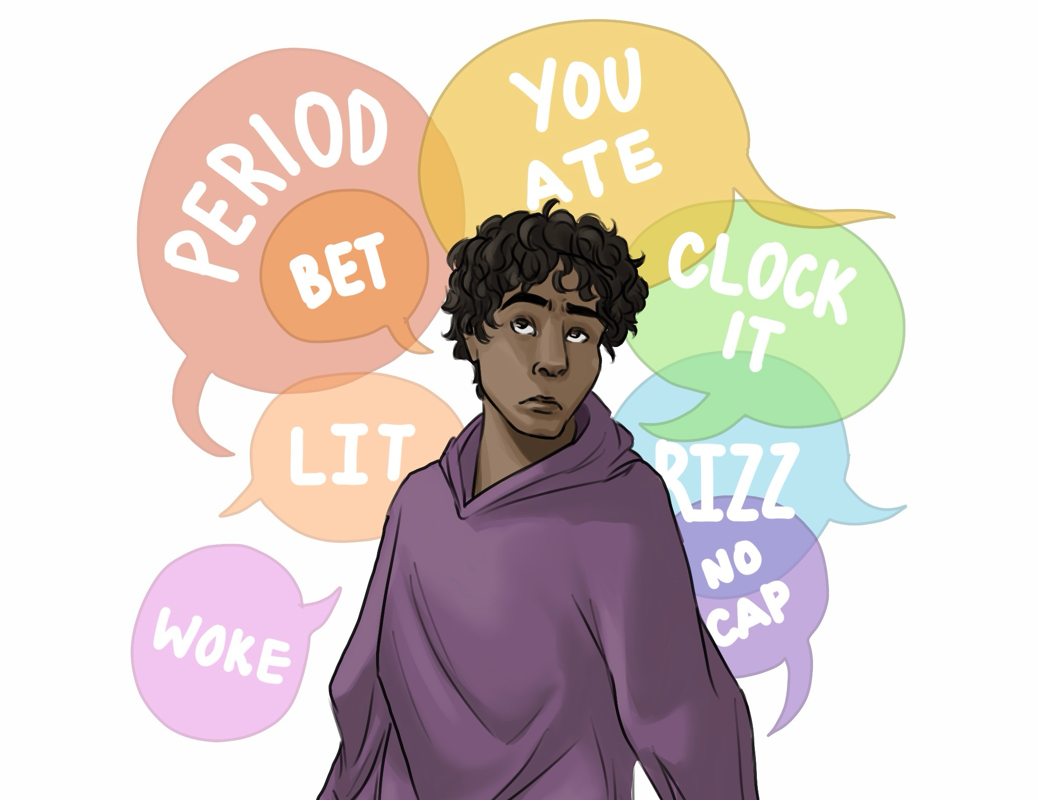




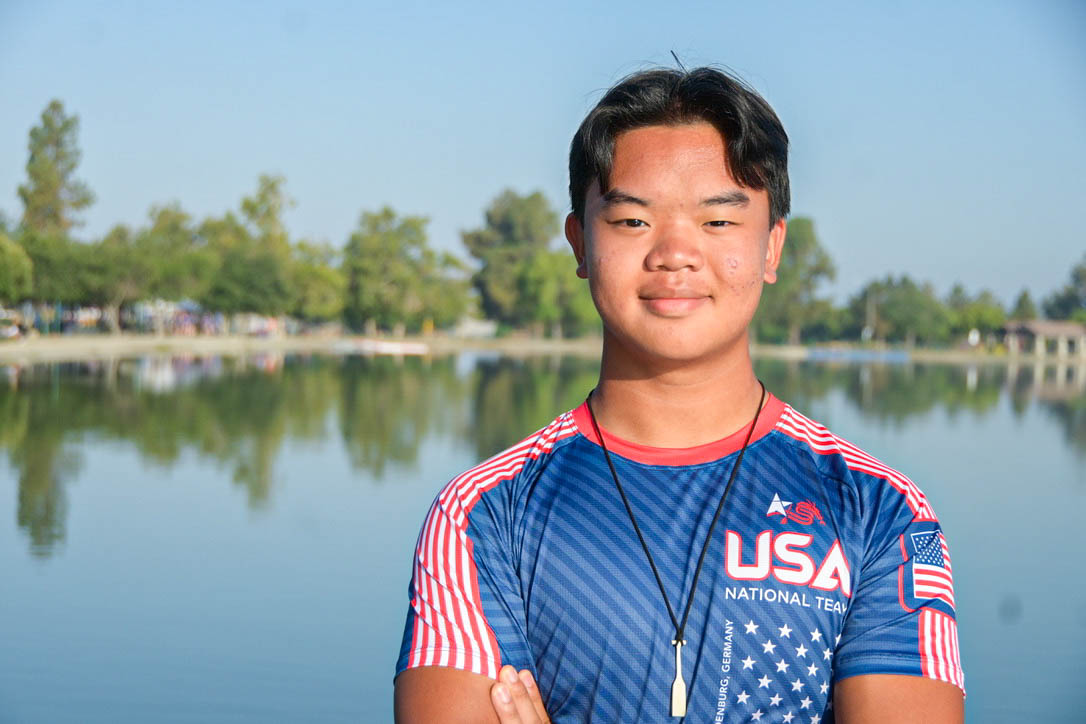



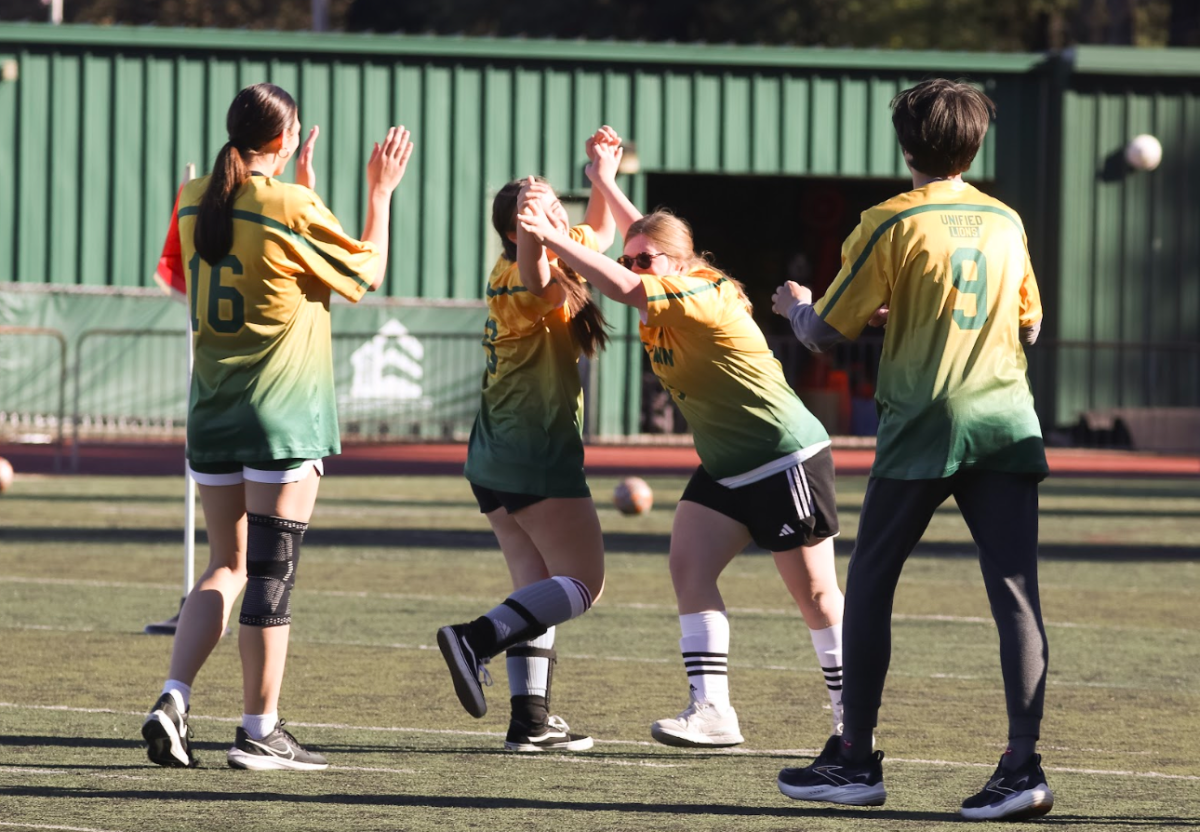
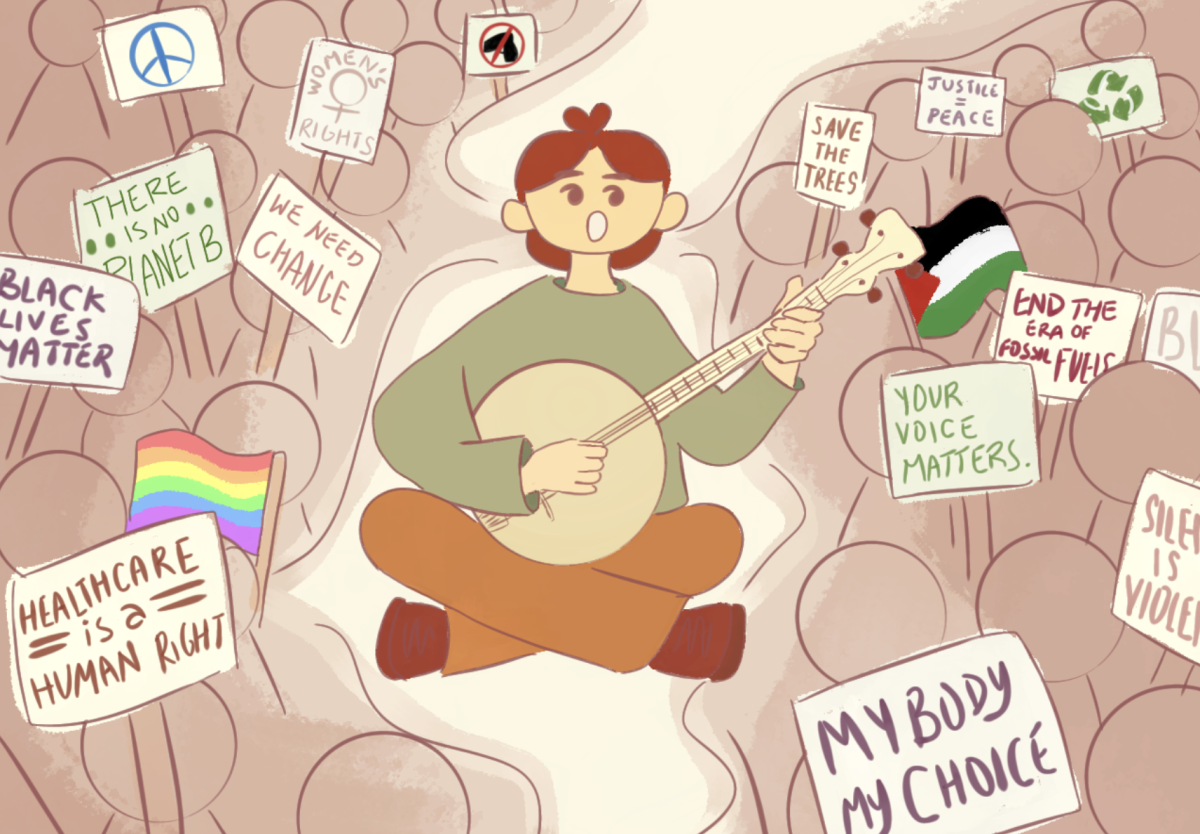




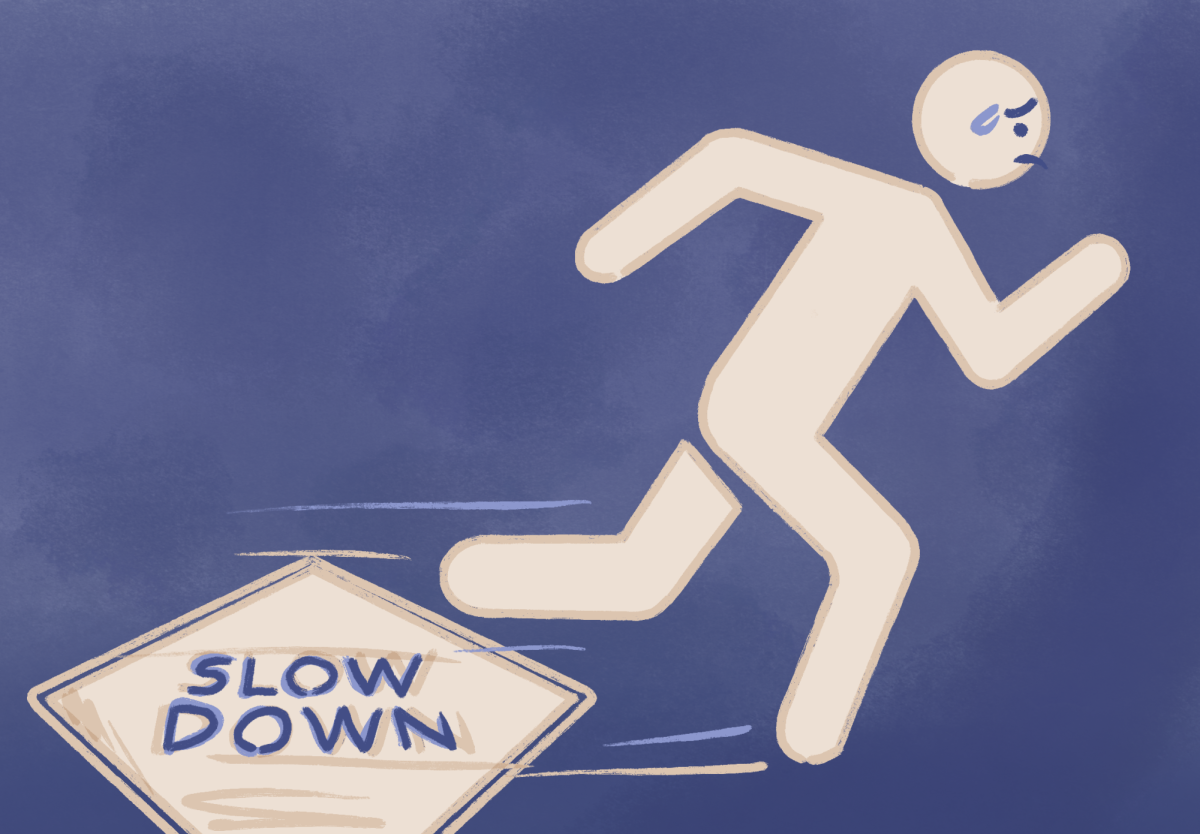

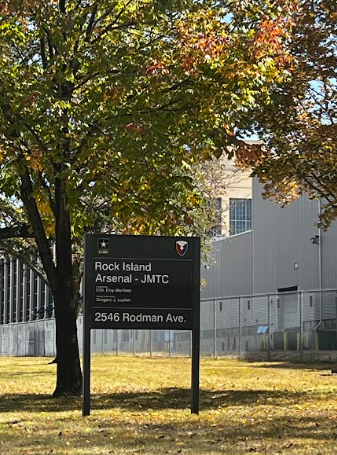

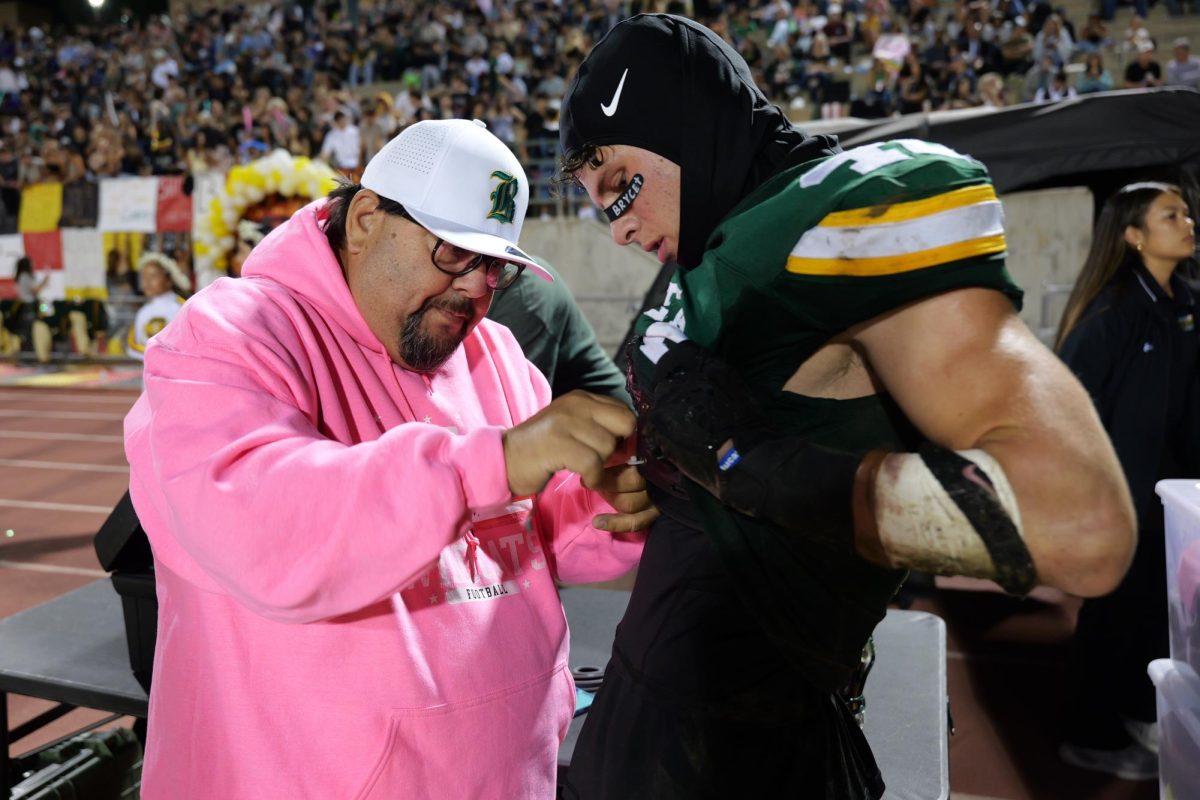








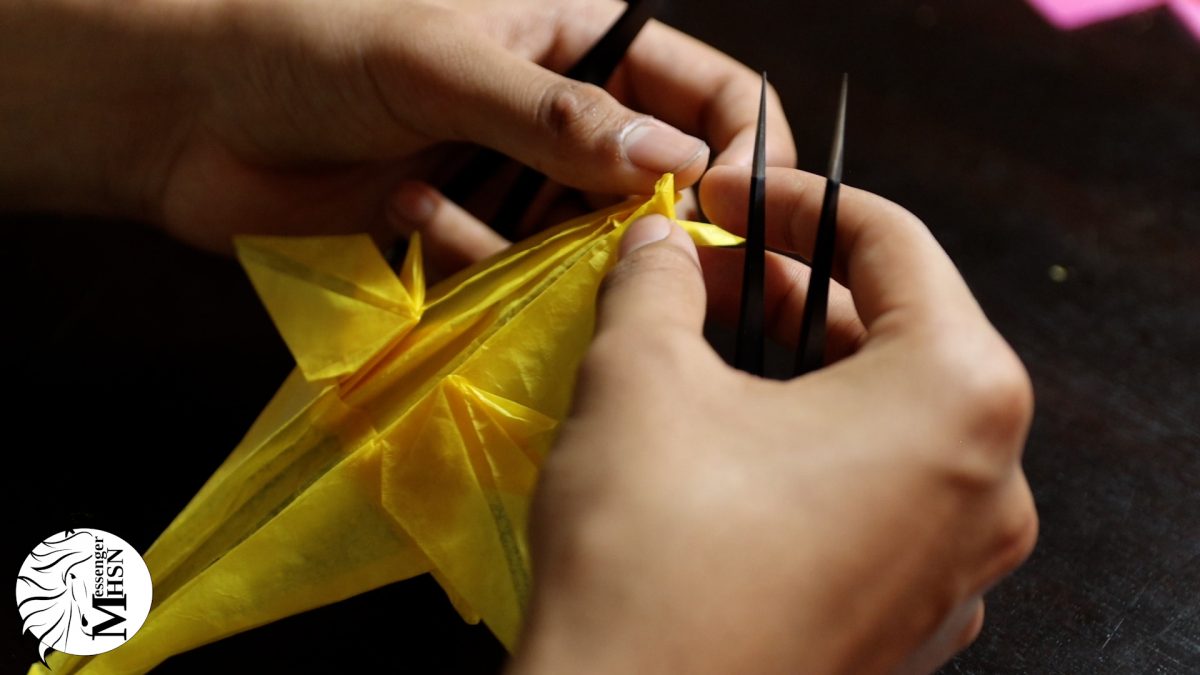

![Recent changes to Title XI of the Missouri Revised Statutes bring back questions about corporal punishment in schools. As a toddler, now-sophomore Sadie Burgess attended Eufaula, a school district with an opt-in corporal punishment system allowing parents to determine if teachers could physically discipline their children. “I don't agree with [corporal punishment]. It's a very harsh way to punish kids; some kids have behavioral issues that not everyone understands. Solving those issues with violence isn't the answer,” Burgess said.](https://bestofsno.com/wp-content/uploads/2022/10/Punishment-6.png)